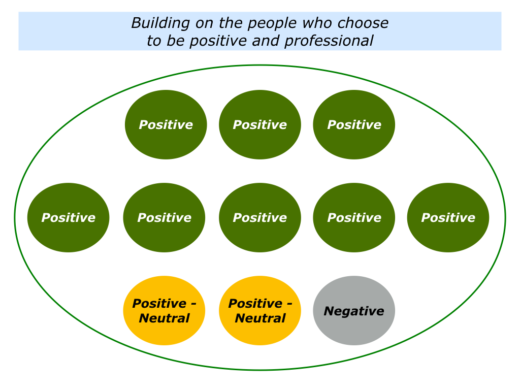
Imagine you are leading an organisation. Some of the people are positive, some swing between being positive and neutral, some are negative.
How do you want to work with the different kinds of people?
In the old days organisations often told you to concentrate on turning-around the negative people. But that did not work.
Nowadays you put your energy into the engine, not the trailer.
This article explores some of the steps you can take with the different kinds of people. Before focusing on that, however, one key point is worth remembering.
Good leaders keep reminding everybody in the organisation of the big picture. People need context. If they can see the big picture, they are more likely to see their part in making it happen.
Different leaders communicate this in different ways. Some share the organisation’s story, strategy and road to success.
Some communicate the organisation’s purpose, principles and the positive rewards of achieving the goals. They keep reminding people of the following themes.
Good leaders believe it is important to be moral and give everybody the big picture. People can then decide if they want to opt in and help to make it happen.
Imagine that you have gone through this stage. Looking around, it has become apparent that people are choosing either:
To be positive – yet also realistic – and do their best to achieve the goals.
To be positive some of the time, whilst neutral or guarded at other times.
To be negative.
Let’s explore how you can work with the different kinds of people.
The Positive People
“Reward the behaviour you want repeated,” is the motto in all organisations. So you encourage the positive people.
They are the engine, but they also need support. Such people frequently volunteer for tasks and do fine work, but also get exhausted. You can encourage them:
To play to their strengths and make their best contributions to the organisation.
To act as positive models for other people in the organisation.
To produce success stories that demonstrate the professional standards required for building a successful organisation.
One soccer manager I worked with took this approach. Taking over an under-achieving club at the end of a season, he was appalled by the attitudes of some key players. They seemed to spend more time at the tattoo parlour than on the training ground.
He immediately brought in three top professional players who could lead the dressing room. He followed the approach taken by Bill Walsh, the American Football Coach, who led the San Francisco 49ers.
Bill explained his approach in The Score Takes Care of Itself. He encouraged everybody in the organisation – the players and all the support staff – to deliver the performance standards required to deliver success.
Good leaders often follow a similar path in organisations. They build on the positive people and encourage them to make their best contributions.
In the next section there is a pack you can use for, if you wish, holding one-to-one sessions with people. This will provide a framework for focusing on how they want to build on their strengths and contribute towards achieving the overall goals.
If you wish, try tackling the exercise on this theme. This invites you to describe how you can encourage the positive people in the organisation.
The Positive-Neutral people
Some people may swing between being positive and neutral. There can be many reasons for their behaviour.
They may have seen new leaders come in before, make big promises and then fail to deliver. This can explain why they are guarded.
Whatever their reasons, however, at some point it is vital for them to opt in. Otherwise you are climbing a mountain with some people choosing not to give their best.
The positive-neutral people can become the backbone of the organisation, however, if they choose to become positive and professional.
They must each make their own decisions, of course, but there are many things you can do to provide an encouraging environment. This can increase the chances of them choosing to give their best. It can be useful to spend time with these people to ensure that:
They know the organisation’s specific goals and strategy.
They are given a sense of ownership in implementing their part of the strategy.
They are given the support they need to do their job and deliver success.
Different leaders do this in different ways. One leader who took over the European arm of a multi-national company said:
“I toured every country in the European region and did 2 hour sessions in which I literally met every person.
“Meeting groups of around 20 people, I talked about last year’s achievements, before outlining the goals for the next year.
“I used a flip chart and a few slides, but the tone was mainly conversational.
“Looking at the challenges ahead, I invited people to ask their questions and answered these as honestly as possible.
“Finally I reiterated the organisation’s strategy and outlined what we could all do to get some quick successes. People seemed to appreciate the sessions.”
Sounds hard work? Perhaps, but it can be harder if leaders do not connect with people. Given the right kind of support, they will do superb work and go that extra mile.
Another approach is to have one-to-one sessions with people. This is often more suitable when taking over a relatively small team because of the numbers involved. Some leaders adapt the approach, however, to meet with the key people in larger organisations.
You can begin by explaining that you would like to meet each person for an individual session. Explain that before the session you would like each person to do some pre-work.
Say that you obviously have a view of the team’s goals, strategy and road to success. You would, however, also like to get their in-put.
Many leaders I have worked with have used this approach when taking over teams. It provides an introduction to the people and their potential contributions. It can also indicate which people may or may not want to give their best to the team.
Invite each person to complete the following piece of work and send this to you before the session. Below is the pack that you can send to people.
Let’s assume that you have given people an overview of the strategy and their part in making it happen. You may also have spent time with the individuals to focus on their best contribution.
Leaders who do these things often find that people choose to opt in. If individuals choose to remain neutral, that leads to making other decisions.
If you wish, try tackling the exercise on this theme. This invites you to describe how you can encourage the positive-neutral people in the organisation.
The Negative People
They need to make a decision: Do they want to be part of the organisation or not? You can again outline:
The purpose – the specific results the organisation aims to achieve.
The principles people will be encouraged to follow – and the professional standards they will need to demonstrate – to achieve the results.
The positive benefits – the rewards for all stakeholders of achieving the results.
Be positive but clear. Give people the opportunity to consider whether they want to opt in and make a positive contribution.
They need to follow up with deeds, rather than words. If they do not change, then act to protect the other people and maintain a positive culture.
The soccer manager mentioned earlier had explained the professional deal to his players.
The Professional Deal
The club’s responsibility was to communicate the strategy, provide a supportive environment and do everything possible to achieve success.
The players’ responsibility was to follow the required professional standards and do everything possible to help the team to achieve success.
The club and the players would then stand the best chance of sharing the fruits of the success.
The manager held one-to-one sessions with each of the players. They were asked whether they would like to deliver the required professional standards and contribute towards achieving the goals.
If so, they were also asked what kind of support they would like to help them to perform at their best. Sometimes the support was professional, sometimes it was personal.
Many of the players were open to developing the mental side of their game. So they spent time with professionals who helped them to develop skills in that area.
Some players said they wanted to be part of the journey, but it was no more than words. They quickly got the message that the club was serious.
The manager explained that the daily training sessions on the field started at 10.00 sharp. Everybody should be warmed up by then and ready to go.
On the second day a star player arrived on the field at 10.01. In his view, being one minute late was not late. This was a pattern he had established under the previous regime.
On this occasion, however, he was in for a shock. He was immediately excluded from the session. The manager told him:
“We have certain professional standards. These are there for a reason, because we rely on each other each day. Training is also vital, because that is when we do the work to prepare for matches.
“We believe in people developing good habits. We don’t expect people to turn up one minute after kick off during a match. The same rule applies to training.
“Let me know when you are ready to meet those professional standards.”
The club went on to win its first-ever domestic trophy. The player left the club.
Great organisations have people who choose to be there every day. They are volunteers, not victims. So build on the positive people and do whatever is necessary to guide the organisation to success.
If you wish, try tackling the exercise on this theme. This invites you to do the following things.
Describe the specific things you can do to give encouraging yet clear messages to the negative people and then act to protect the culture if they do not respond.
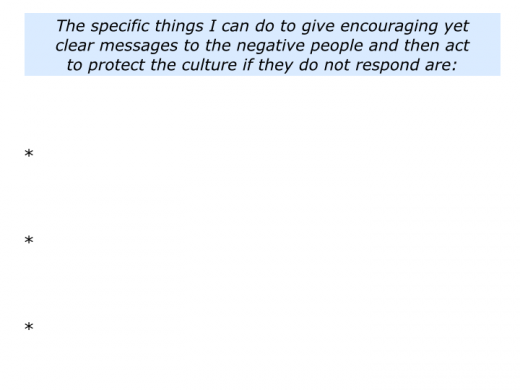


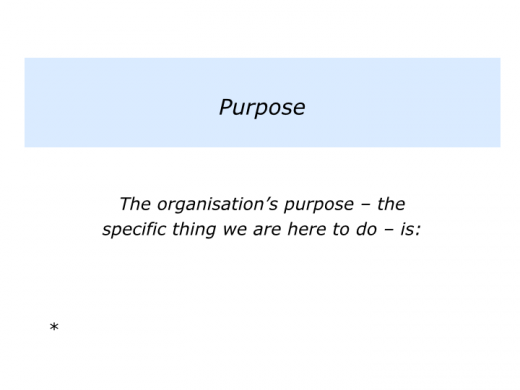
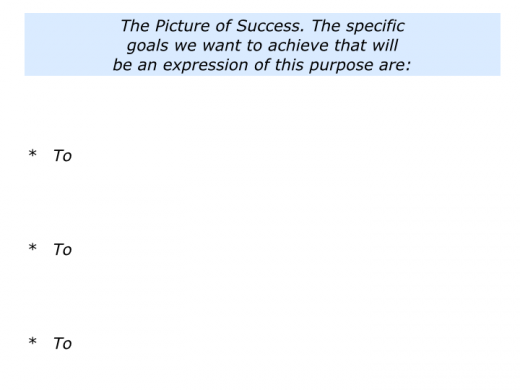
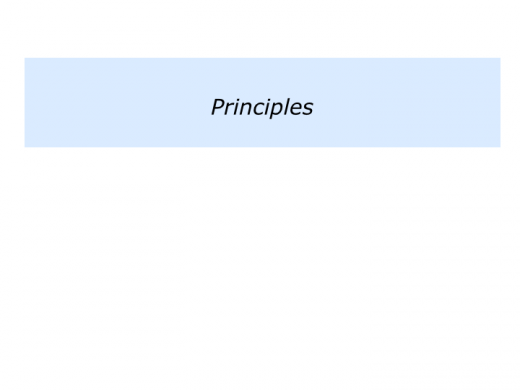
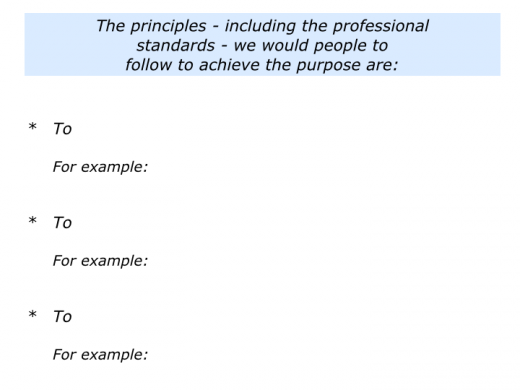
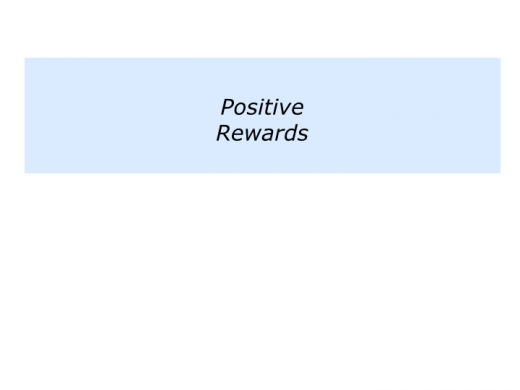
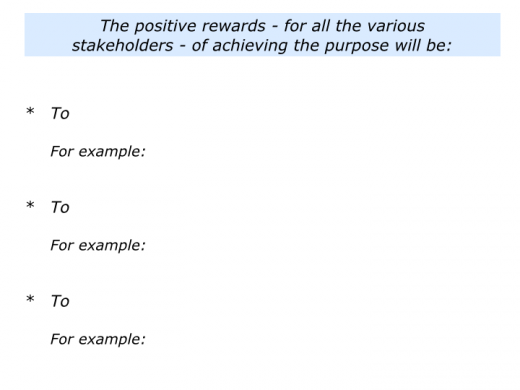
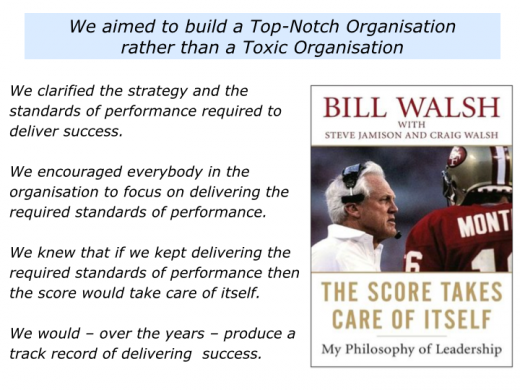

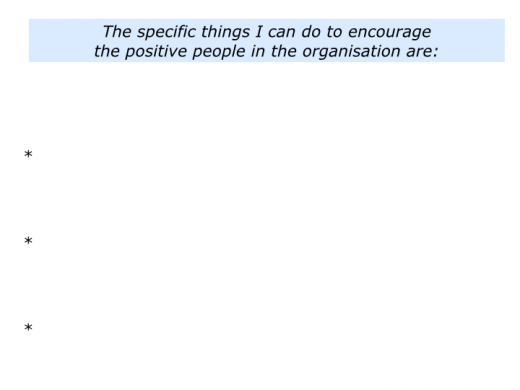
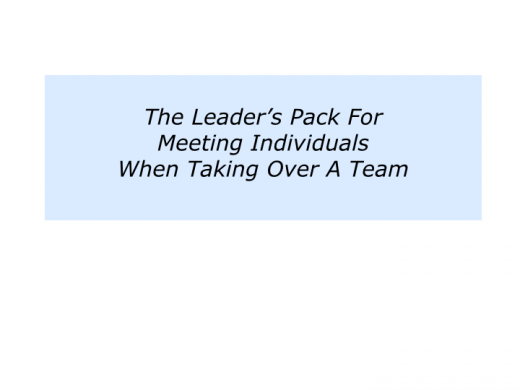
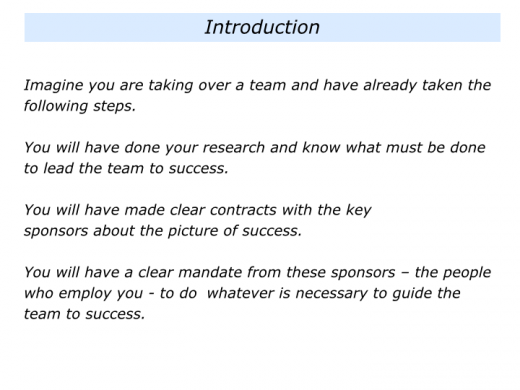
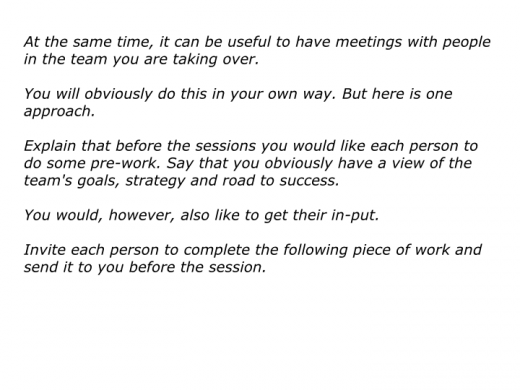
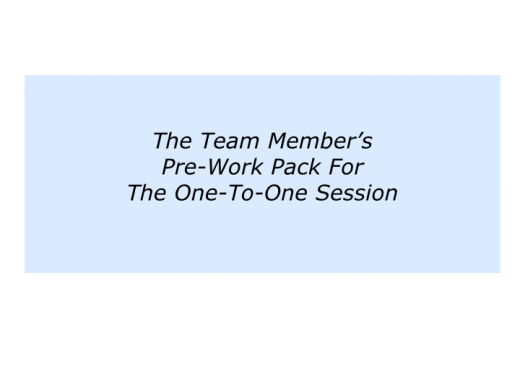
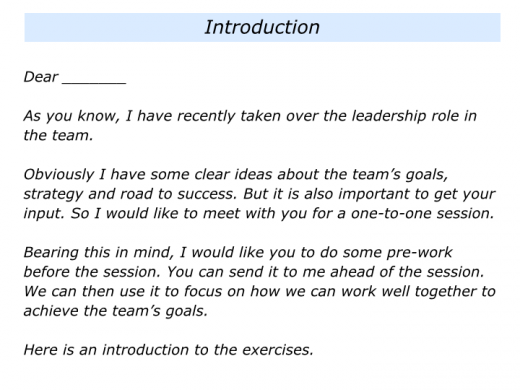
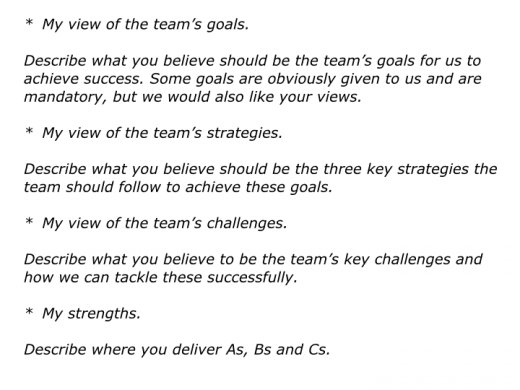
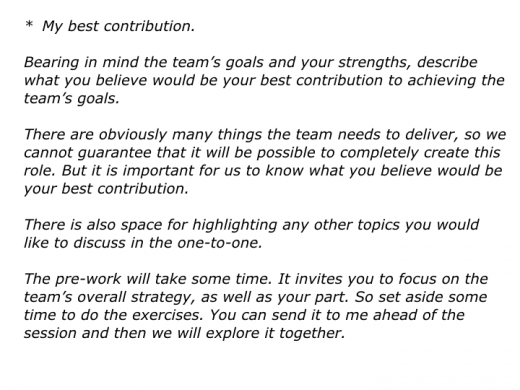
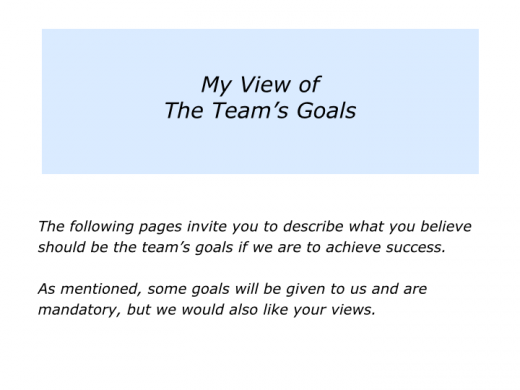
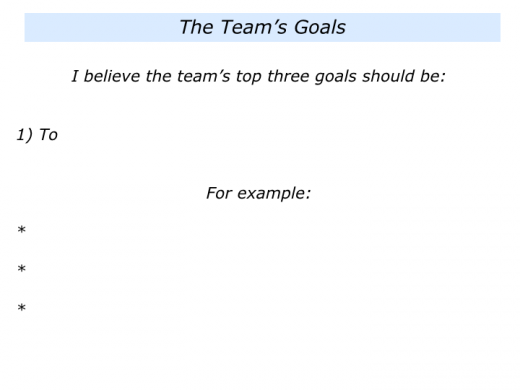

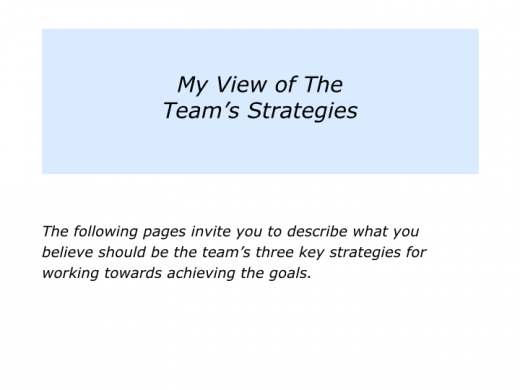
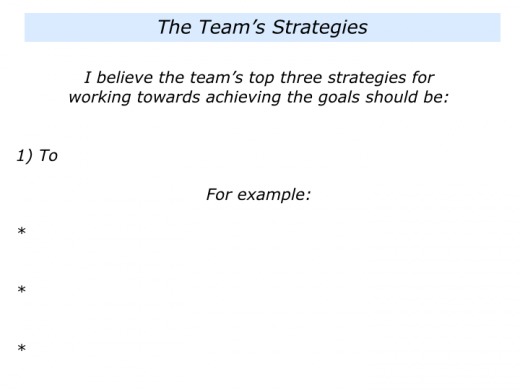

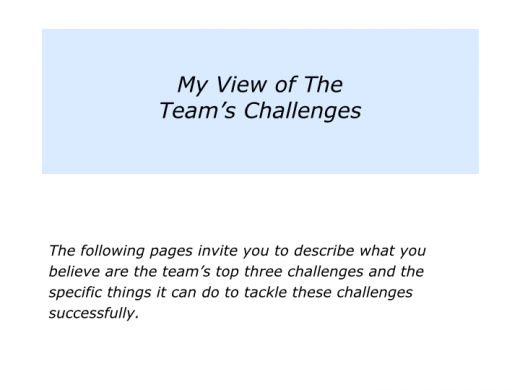
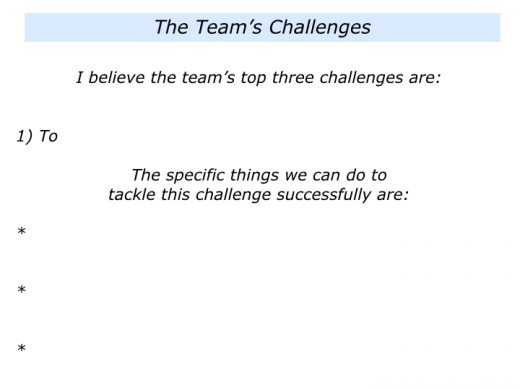
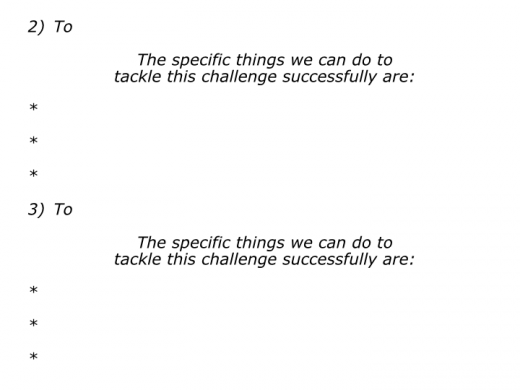

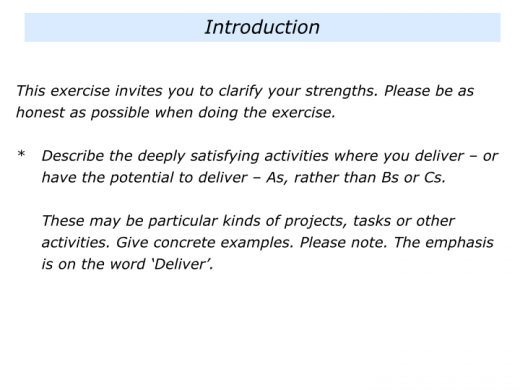

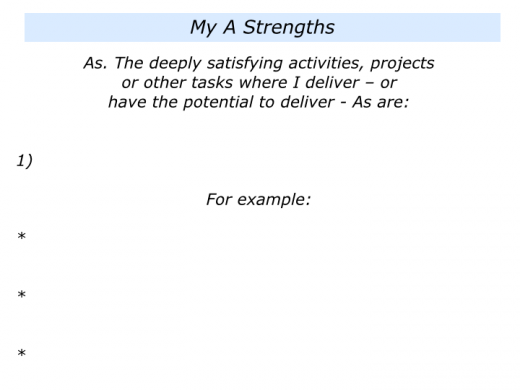



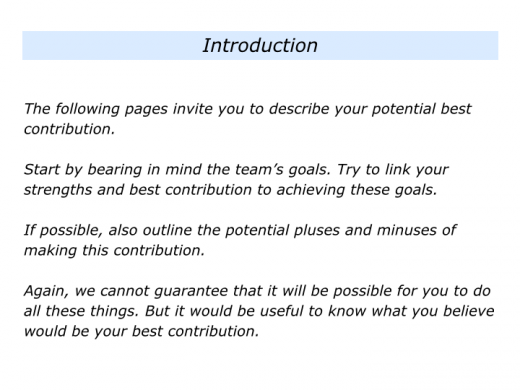
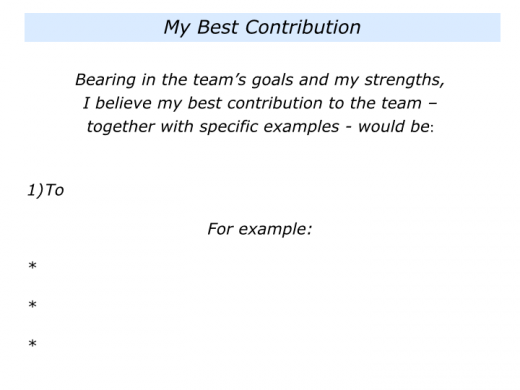

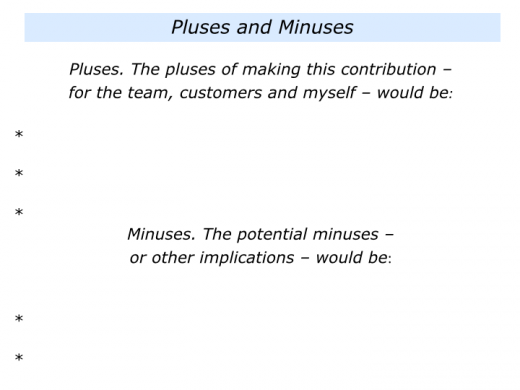
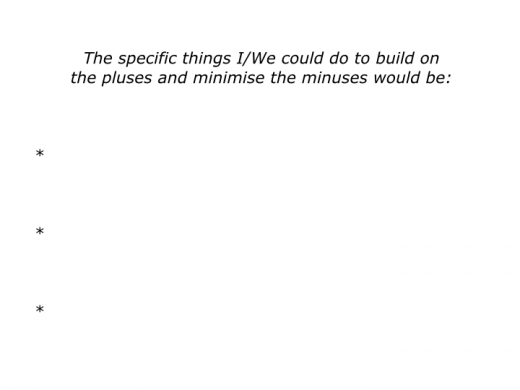
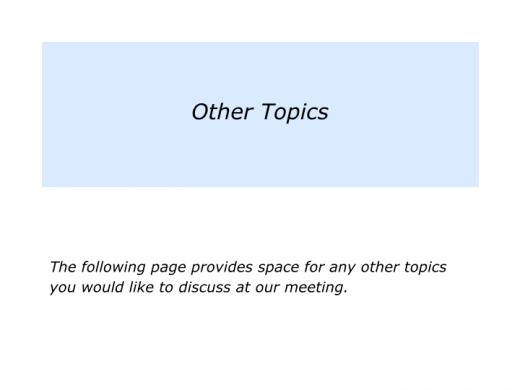


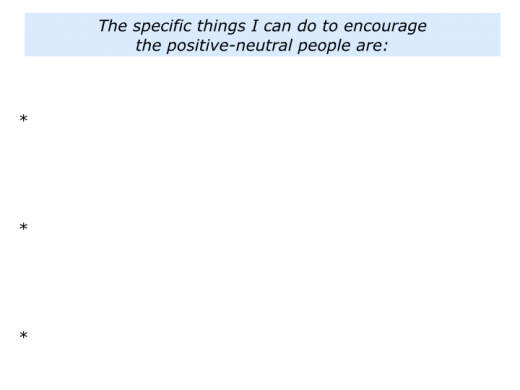





Leave a Reply